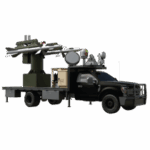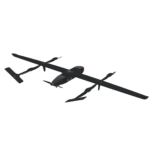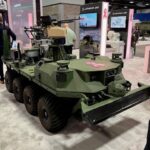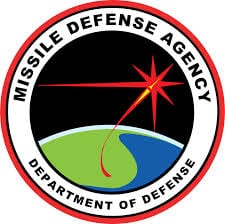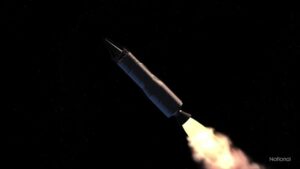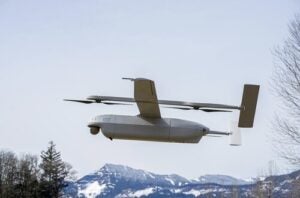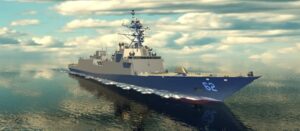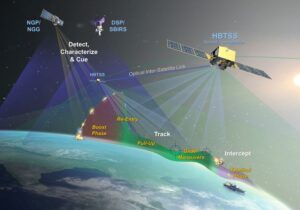
Last year, the U.S. Coast Guard began receiving regular data and information from unmanned surface vessels (USVs) in the Atlantic and Pacific Oceans. While the data provided the service more knowledge of sea events and the sea environment, generating lessons from the use of those USVs has been difficult, in part due to a lack of data analytics, Coast Guard Commandant Adm. Linda Fagan said this week. The service since 2018 has also been operating unmanned aircraft systems (UAS) aboard…

 By
By 